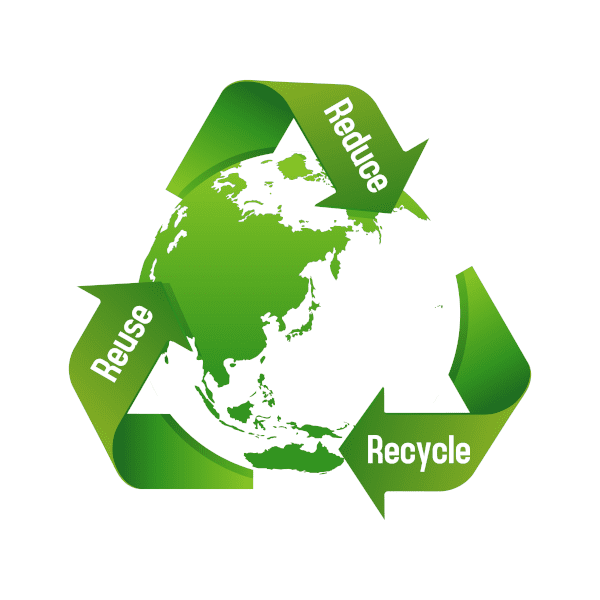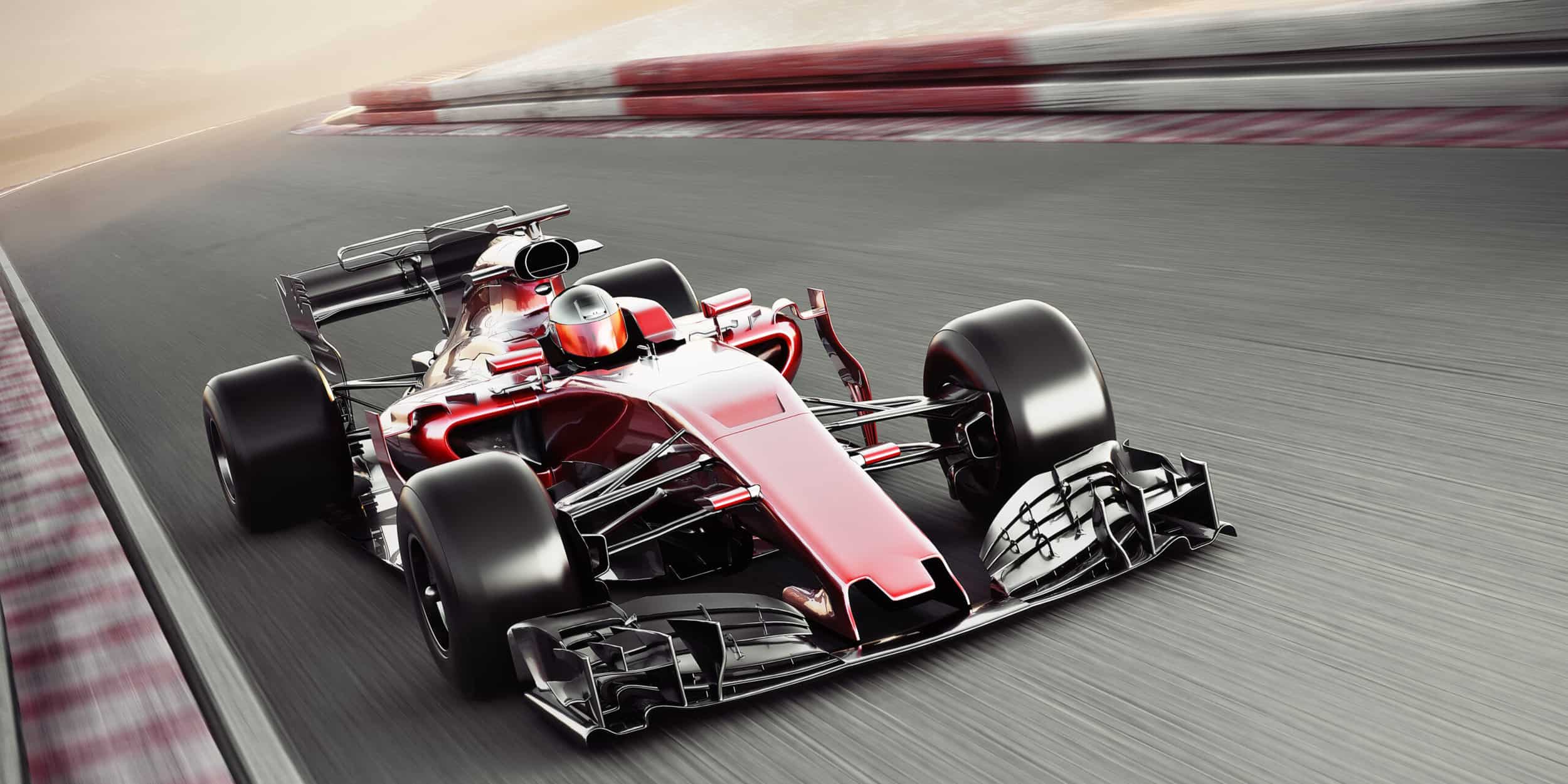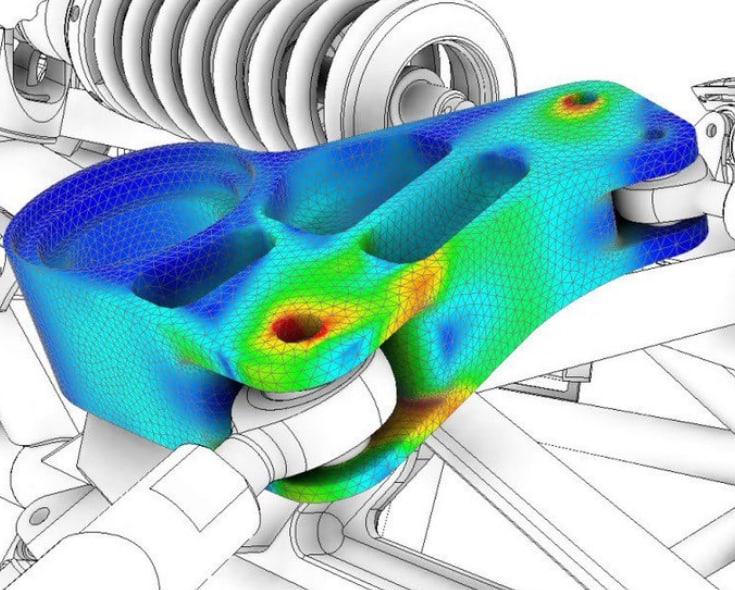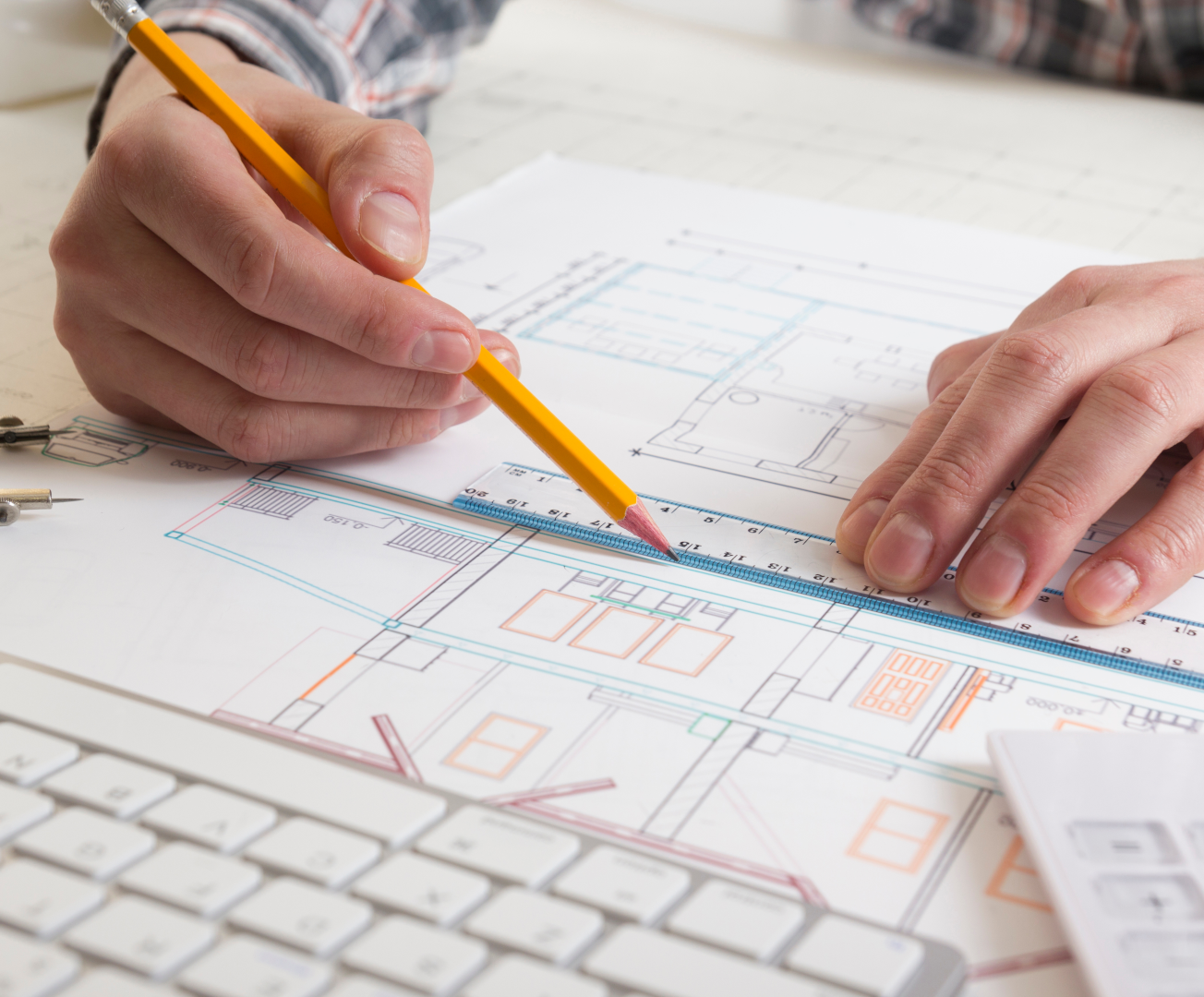Today’s consumers are interested in your company’s environmental performance. Millennials and others want sustainability built into every product or process. What does sustainability mean in the lifecycle of a product? Think of sustainability on a spectrum.
You want to fall between doing absolutely nothing and foregoing all profit for the sake of the environment. And sustainability isn’t just about the environment. Consider how all products have a lifecycle. Knowing that lifecycle and minimizing the effects of an aging product will help you stay ahead of the competition.
Sustainability is, thus, understanding your product, knowing when it might start to fail, and optimizing its lifecycle to get the best results for the long term. Where many companies fail in product development is ignoring sustainability. Here’s what that might look like.
Are Your Products Sustainable?
Everyone has an opinion on what a truly sustainable lifecycle for a product looks like. Perhaps we can mostly agree on:
- Get value for your investment. You don’t want a product that performs admirably for the first 6 months and then breaks down. Your customers demand something with a longer lifecycle.
- Not leaving your customers with no options to recycle. We all know that products don’t have a long lifecycle. But we do expect to be able to minimize its impact on the environment at the end of its life. You must create something recyclable.
- Sustainability means that your product performs admirably over its life, is easily recyclable at its end, and doesn’t create a huge negative impact for consumers to turn it over.
But sustainability goes so much deeper.
Are your products the best they can be? Granted, the “best” changes depending on who’s considering it. We can probably agree that the best design (when you’re designing for sustainability) includes materials and sources that are sustainable but also are easily disposed of at the end of its lifecycle. Without compromising the ability of future generations
For example, if you choose materials that are hard to find globally and aren’t optimized to be easily recycled at the end of your product’s life, you haven’t taken advantage of sustainable design. The design is not eco friendly. You want inputs/resources that are readily available and environmentally sustainable. Your process and supply chain must reduce or eliminate its effect on our natural resources to be considered sustainable.
Business Wire, a Berkshire Hathaway company, reported that “Americans are seeking out and are willing to pay a premium for environmentally friendly products. According to a new study from GreenPrint, an environmental technology company.” If you don’t design for sustainability, you’re excluding a large proportion of your customer base. That, in itself, is not a sustainable business decision.
How to incorporate sustainability
Sustainability incorporates many practices, especially reducing, reusing, and recycling. Taking these elements into consideration during the design phase of product development puts you one step further in your customers’ evaluation. First, reduce materials. Why have 5 bolts when you can eliminate those bolts and any washers?
Using fewer materials costs less, but it’s also easier to manufacture and assemble. Think about a product with 271 parts that must be unassembled, cleaned, and reassembled. That takes time, and customers notice when your product or process is “down for cleaning.”
This is a simplistic example, but it emphasizes how sustainability affects your manufacturing process, your clients, and, ultimately, your bottom line. How long will your clients support your business if it is unsustainable and costly?
Sustainability is not an “either/or” proposition.
There’s no magic formula that helps you decide how to build sustainability into your product or process. You know you want to be environmentally conscious, but you don’t know what that looks like.
A trusted engineering advisor can help you choose scenarios. You don’t have to adhere to an all-consuming position of sustainability. Rather, you can take steps to meet or exceed your customers’ expectations. Consider answering a few questions.
What do your customers want? How can you engineer a product, process, or part that meets or exceeds their desires? To answer this question, you need to incorporate designing for manufacturing and assembly, simulation design, and designing for sustainability.
Each of these three legs supports the stool of design. It’s all about the design. When you capture the power of simulation and cross it with sustainability, you can create the best possible model for your product.
Simulation lets you try out different alternatives before you ever build a prototype. And combining sustainability practices means you’ll create a product that is minimally produced of sustainable materials. That might sound like a tall order, but an engineering advisor can help you create various scenarios from which to choose.
Final Thoughts
Sustainable designs are here to stay. The public perception is changing daily, and you must address their concerns. If you ignore your customers’ desires, you’re on track to obsolescence.
But harnessing the power of designing for manufacturing and assembly (minimizing parts to their least number to make your product easy to manufacture and assemble). Add the powerful simulation design to run scenarios and find the best iteration of your product based on myriad possibilities.
And finally, design your product for sustainability. When you combine these three advantages, you not only win, but your customers will love a product that is engineered for excellence. They’ll immediately notice the difference.
Your customers can see and feel the difference, whether your product is as complex as a motor vehicle or as simple as a new mousetrap. Build your product design (or redesign) on the principles of designing for manufacturing and assembly, simulation driven design, and design for sustainability.
Contact Pure Prime Solutions to discuss the massive savings you’ll see when redesigning your product or process. We do the difficult engineering so you can save money and delight your customers—all while working hand-in-hand with your team and without adding headcount.









